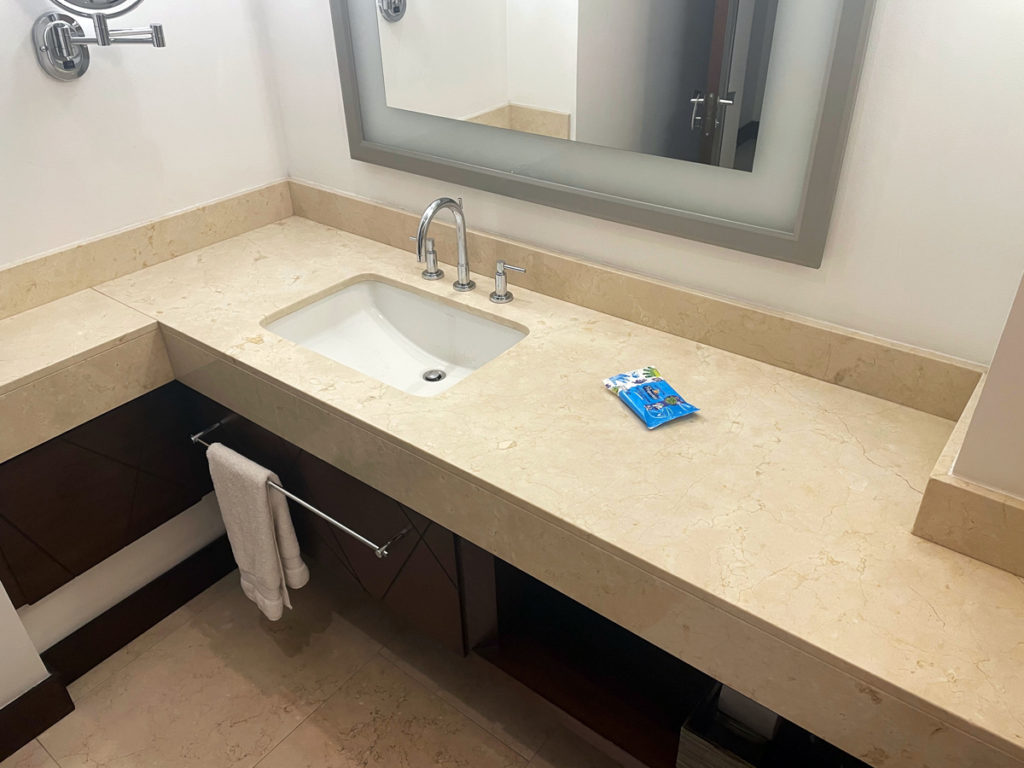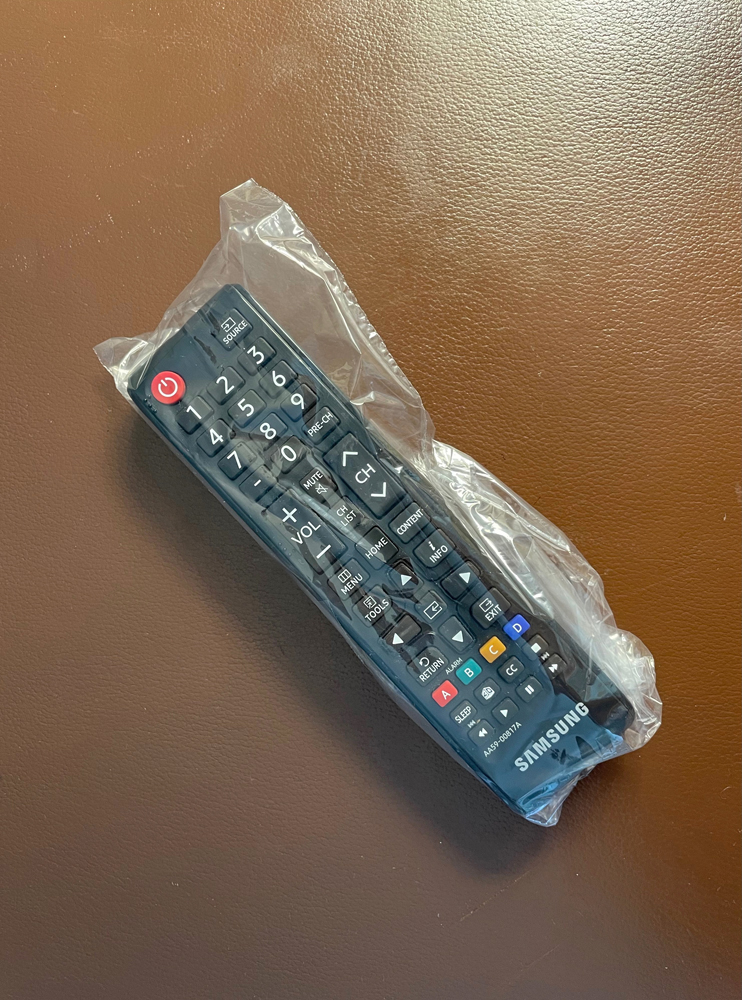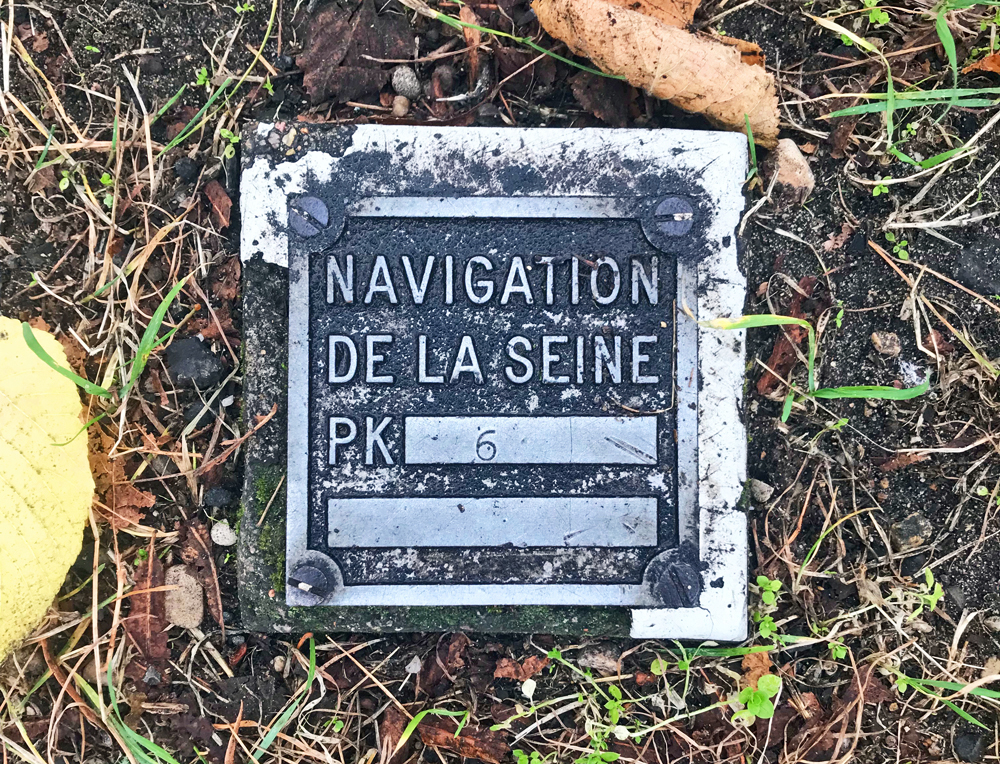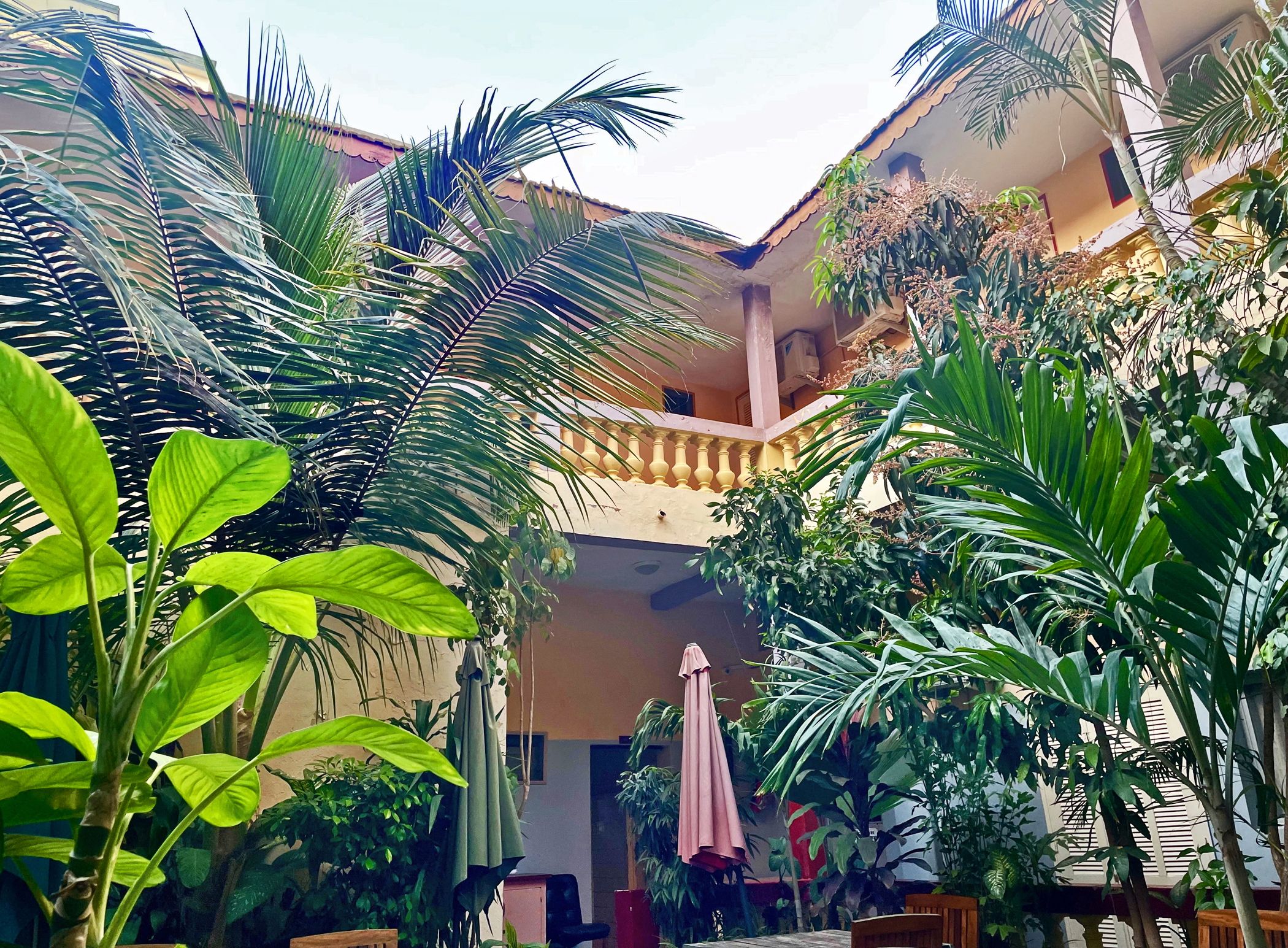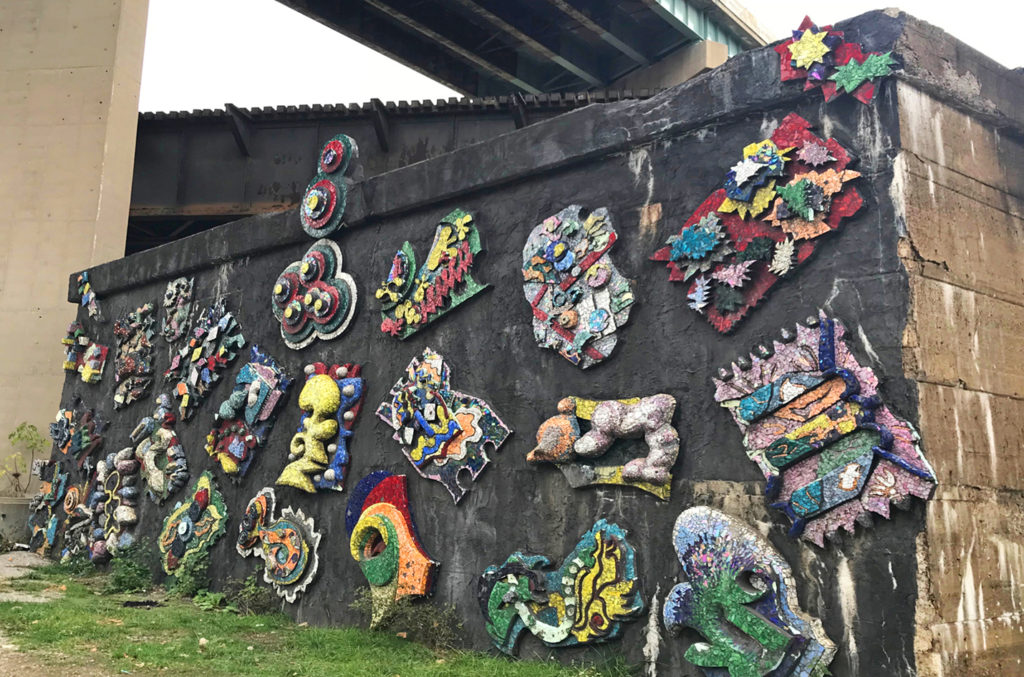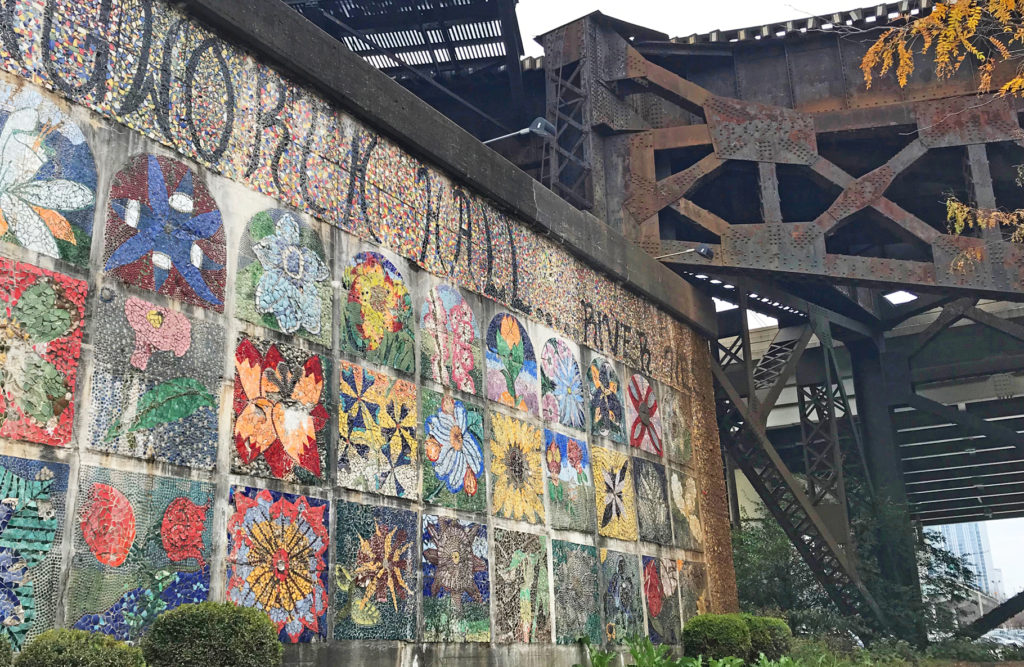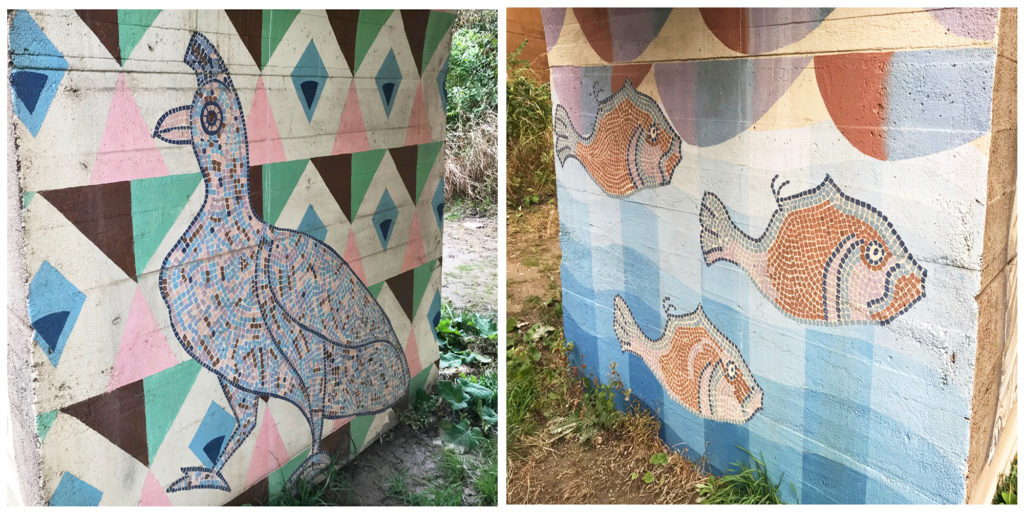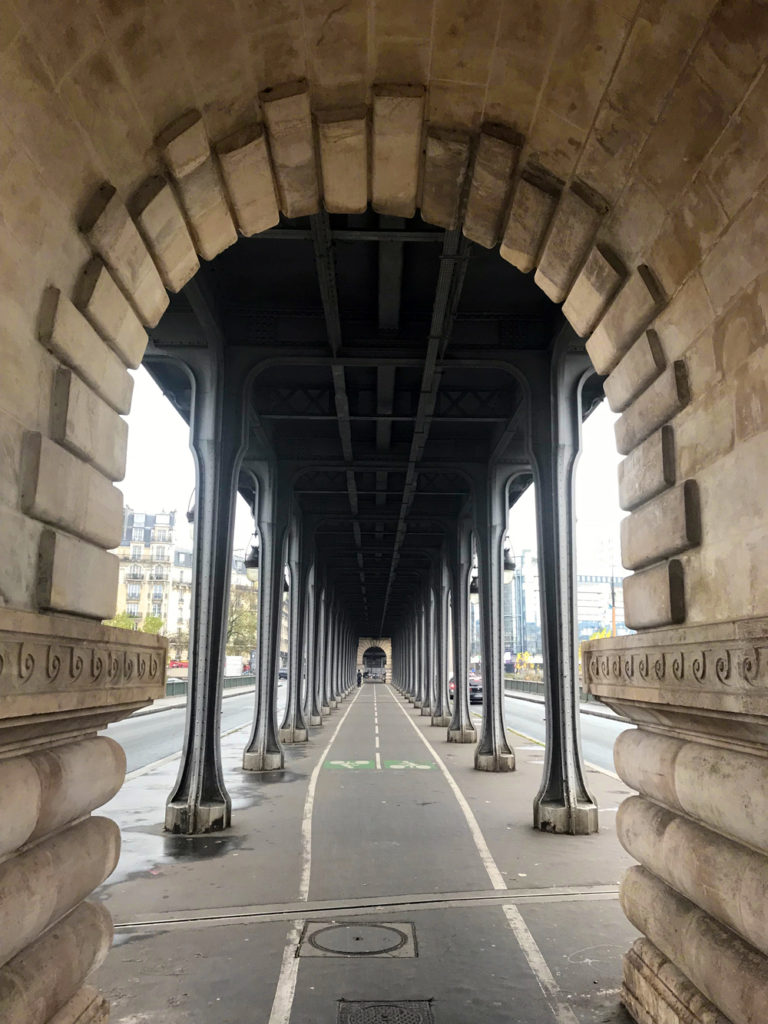The Weirdness of the Post-Pandemic Hotel Room
March 7, 2023
IS IT JUST ME, or is post-pandemic America a wobbly one? Superficially things appear normal, but every so often you find yourself tripping on something that isn’t quite right. Customer service levels, certainly, have slipped across the board. And though it’s easy to blame staffing shortages, you can’t deny that the world we’ve reassembled feels a little, well, lazier than the old one.
For those of us who travel a lot, these weak spots can be stubbornly annoying. I call these my Post-Pandemic Pet Peeves (PPPP, or P4s, for short). I’ve got quite a list, as goes my whiny nature, but today let’s focus on just two of them, both of which you’ll find in hotel rooms:
First is the disappearance of drinking glasses. For reasons that were never fully explained, cups and glasses were removed from most hotel rooms during COVID. Just as strangely, they were never put back.
In the old days, every hotel room on earth, from a suite at the Four Seasons to a $39 room at Motel 6, had a couple of cups or glasses on the bathroom vanity. Maybe they were crystal, maybe they were throw-aways wrapped in cellophane. No more. In the post-COVID world, guests who would dare brush their teeth are expected to stick their mouths under the faucet, or to slurp from cupped hands like savages.
If you’re lucky, you can scrounge a paper cup from the coffee maker, but even that’s no guarantee. And this has become normal not only in budget properties, but in five-star places as well. I was in a Hyatt recently. No glasses, anywhere. So I call the front desk, and the guy says, “Would you like us to bring you some?” Hell, why not skip the pillows and sheets as well? If guests want them, they can always call.
Is this one of those “supply chain issues” we keep hearing about, or something else? Of all the things.

No less infuriating, meanwhile, has become the preponderance of QR codes in place of paper menus.
I wanted room service in a hotel in Florida recently. When I couldn’t find a menu, I phoned reception and was told a QR code was available through the TV, on the guest services channel. After fumbling with the non-responsive television for several minutes, I found the code, which in turn told me I needed to download the hotel’s entire guest services app. After doing that, I needed to dig through page after page of different hotel locations until finding the one I was in, and then hunt down the restaurant menu. Hit the wrong arrow and whole application would bounce to the beginning.
Or, I could’ve picked up a paper menu from the desk and instantly had what I needed.
At a hotel in Spain, a QR code for room service instead kept directing me to a company in Malta that repaired boats. When I called downstairs, they sent someone up to slip a menu under the door. Maybe just have one in the room to start with?
QR mania is hardly particular to hotels, of course. Many dine-in restaurants have forsaken tradition and force their guests to participate in this barbaric task.
We don’t read menus anymore. We “navigate” them. “Where are the entrees?…. Wait, where did the starters go?… Was that an appetizer?… Is there a wine list in here?… Oh shit… No, go back to that first page… Those are the desserts… Did that come with anything?… Was that the one with calamari?… Hang on, I can’t find that veggie burger… What was that called?… Wait… ”

On an airplane, fine. At a take-out joint, sure. But for a serious dining establishment to ask its patrons to peck around on their phones is nothing if not rude.
I understand that menu items change and there are costs involved with re-printing, and so on. And I’m all for saving trees and reducing waste. But there are those situations, and this is one of them, where old-fashioned paper is the friendlier, more civilized, all-around better solution.
As maybe you already know, many restaurants have a secret inventory of paper menus for those irritating customers who insist. I am one of those customers. I was at a Thai place in Long Beach the other day, and asked for a “normal menu.” I use this phrasing intentionally. To say “paper” implies lesser or obsolete. “Normal” implies better. Which it is.
The look on the waiter’s face is one I won’t forget, but 90 seconds later, there it was: leather-bound, elegant and simple. Everyone at the table put their phones down, and we ordered the normal way.
Related Story:
THE STATE OF FLYING IN 2022
Hotel room photo by the author.

